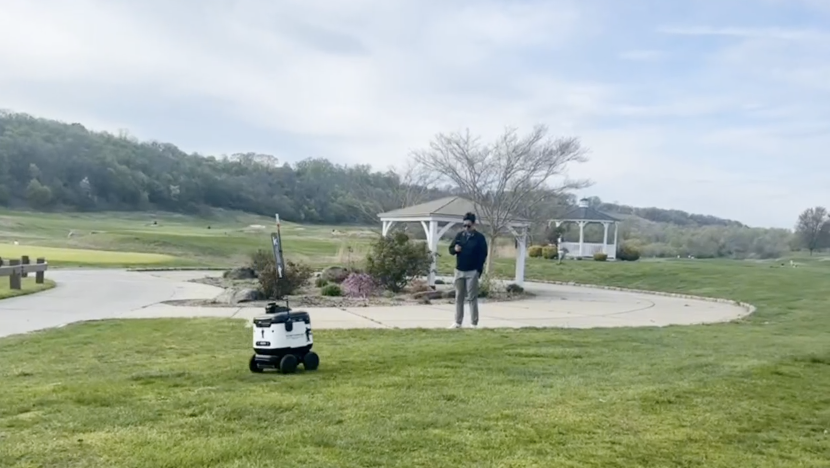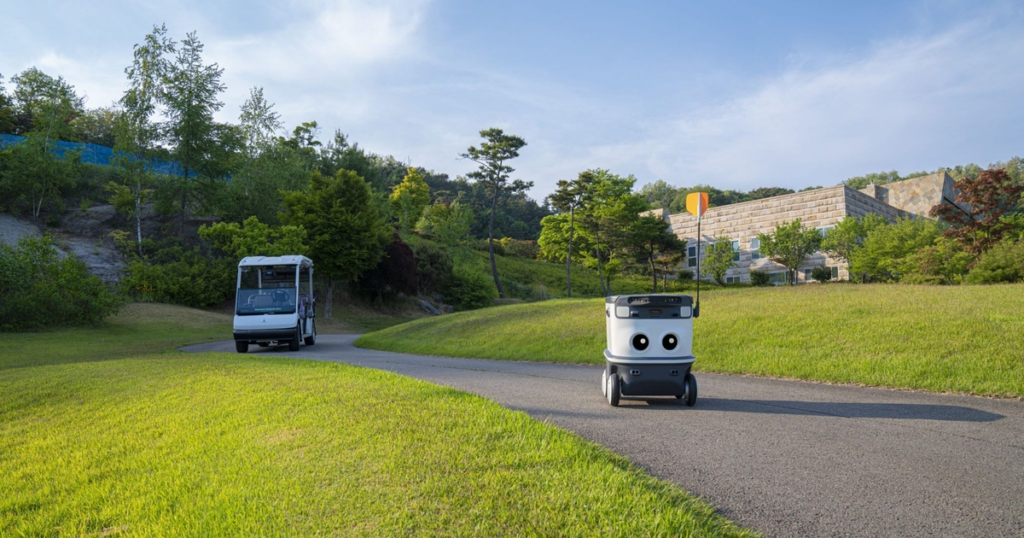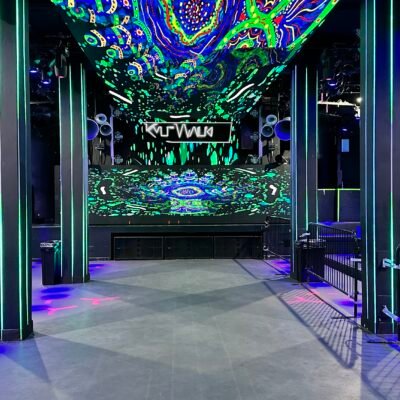In a groundbreaking move that merges luxury with innovation, a premier golf course in the United States has become the first in the country to introduce robotic food service. The move is being hailed as a major technological leap in the world of sports hospitality, offering faster, cleaner, and more consistent food delivery directly to players on the green.
The pioneering initiative, which launched this month at a private golf club in Florida, utilizes autonomous robots to deliver meals, beverages, and snacks across the sprawling course. The robots are equipped with AI navigation, temperature-controlled compartments, and real-time order tracking, all integrated with a mobile app.
A New Era of Golfing Experience

The robots, developed by a California-based tech startup, are already transforming the way food is served at the golf course. Players can order through a custom app, choose their meal, and track the robot’s path on their phone. Whether it’s a protein bar during hole nine or a refreshing drink after a long round, golfers are embracing the convenience.
According to the course’s general manager, this change is not just a novelty but a strategic move to enhance customer service and reduce wait times. “We’ve had overwhelming positive feedback,” he said. “Our members love the speed and consistency, especially during busy weekends.”
The initiative also reduces the need for roaming golf carts carrying food or beverage staff—an effort that often led to delays, inconsistencies, and limited menu options.
How the Robot Food Service Works
The robots are fully electric, environmentally friendly, and built to withstand outdoor terrain. Each robot is programmed with the entire map of the golf course, complete with GPS and geofencing to ensure accurate delivery without disrupting play.
When a golfer places an order, the kitchen staff loads the robot with the requested items. Using sensors and AI mapping, the robot navigates to the correct location, avoiding obstacles like trees, water hazards, and golfers in play. Once it arrives, it sends a notification to the user’s app, who then unlocks the compartment using a QR code.
This system also keeps the food at the right temperature, with separate zones for hot and cold items. Robots can run for 8–10 hours on a full charge and return to the docking station on their own when the battery runs low.
The Technology Behind the Upgrade
The startup behind this technology, RoboCaddy Innovations, has partnered with several major golf management companies to explore future rollouts. According to TechCrunch’s recent article, RoboCaddy’s AI system uses a hybrid of LiDAR and computer vision to maintain safe paths even in complex terrain.
Their success in Florida has already caught the attention of luxury golf resorts in Arizona, California, and Texas. “We want to redefine how luxury service feels on a golf course,” said the company’s CEO. “It’s not just about playing; it’s about the entire experience—from your swing to your sandwich.”
Cost, Maintenance, and Staffing Implications
While the initial investment in robotic systems can be steep, ranging between $8,000 and $15,000 per unit, many course managers see it as a long-term saving. With rising labor costs and staffing shortages—especially post-pandemic—robots offer a reliable alternative.

A 2023 study by Restaurant Business Online revealed that 78% of food service operators are struggling with staff retention. Robotic service may not replace humans entirely, but it certainly helps balance the load.
“Rather than laying off staff, we’ve retrained our team to focus more on quality control and customer interaction,” said the operations head of the course. “The robots do the running. We do the talking.”
Customer Reactions: A Hit or Miss?
The early reaction has been largely positive. Golfers of all ages are enjoying the novelty and practicality of robotic service. “It’s fun and futuristic,” said one player. “And honestly, the robot is faster than waiting for the cart.”
However, not everyone is convinced. Some older members have expressed concerns about losing the human touch. Others worry about glitches or mid-course breakdowns. In response, the management has ensured that each robot has backup systems and customer support on standby.
As Golf Digest reported, innovation in golf has always walked a fine line between tradition and progress. But the success of this pilot program suggests that robotic food service may be more than just a passing trend.
What’s Next for Robotic Food in Golf?
The company is already testing enhanced models capable of carrying multiple orders, offering voice interaction, and integrating payment features directly on the robot. Expansion into clubhouses, driving ranges, and even mini-golf locations is underway.
Furthermore, partnerships with food delivery apps may soon allow players to order from nearby restaurants during a round—something that could redefine “on-course dining.”
As the market grows, experts expect that other countries will follow the U.S. lead. Golf clubs in Dubai, Singapore, and the UK have expressed interest in adopting similar technology in 2025.
A Bigger Picture: Robotics in Sports Venues
This upgrade is part of a larger trend of robotics entering recreational spaces. From robotic bartenders on cruise ships to AI-driven concierges in hotels, hospitality is rapidly evolving.
Golf, known for its traditional roots and high standards, may seem like an unlikely place for high-tech disruption. But this new service proves that innovation, when done thoughtfully, can enhance even the most classic experiences.
Golfers visiting the Florida course this summer are not just teeing off—they’re stepping into the future.
Also Read – Can America’s New Drone Firm Break DJI’s Global Grip?






